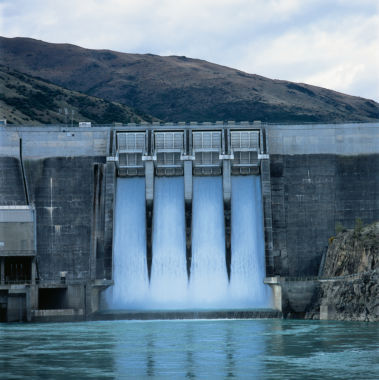As most people already know, burning fossil fuels increases the CO2 concentration in the atmosphere. In the past few years, more and more alternatives to fossil fuels are being found to reduce the CO2 concentration and therefore the greenhouse effect. Here are some alternatives:
- Wind turbines
- Tidal power
- Solar panels
- Nuclear plants
- Bio-fuel (e.g bio-diesel, bio-alcohol)
- Hydrogen
- Vegetable oil
- Ammonia
- Hydropower
- Biomass
- Geothermal energy

